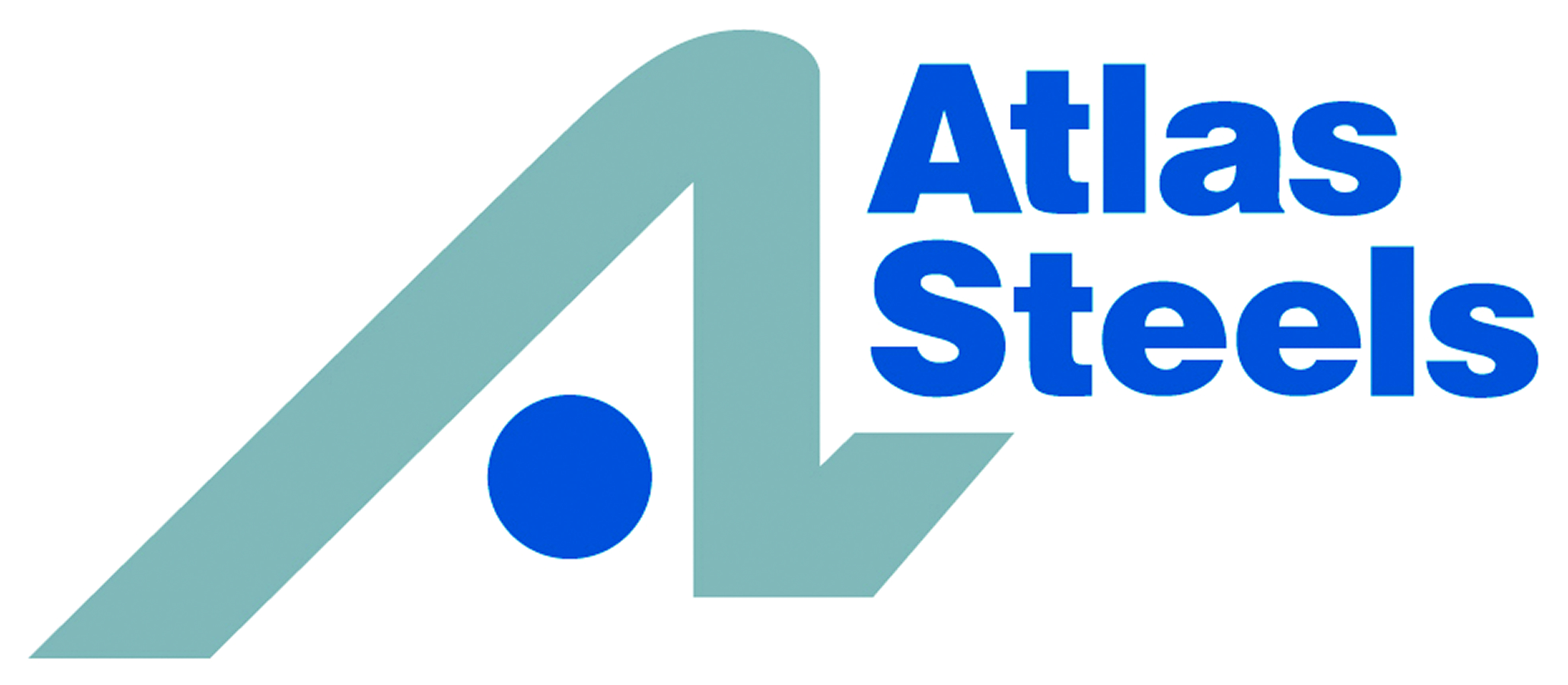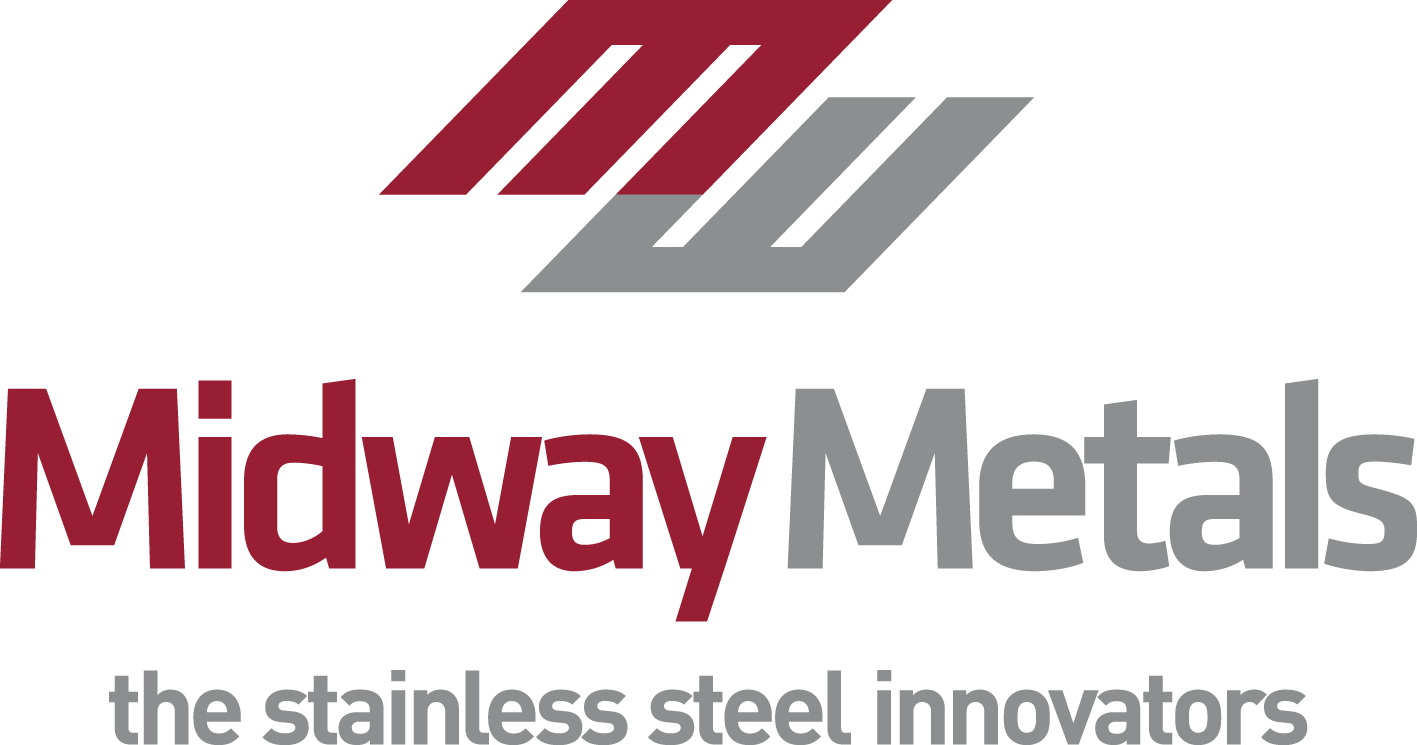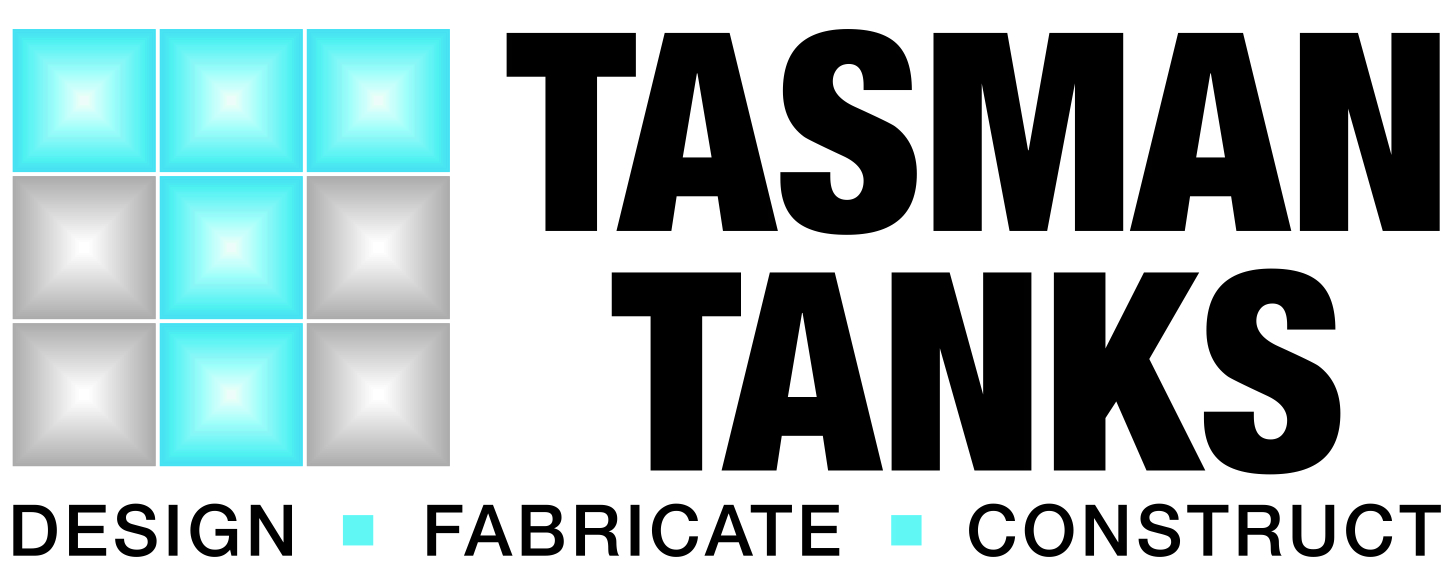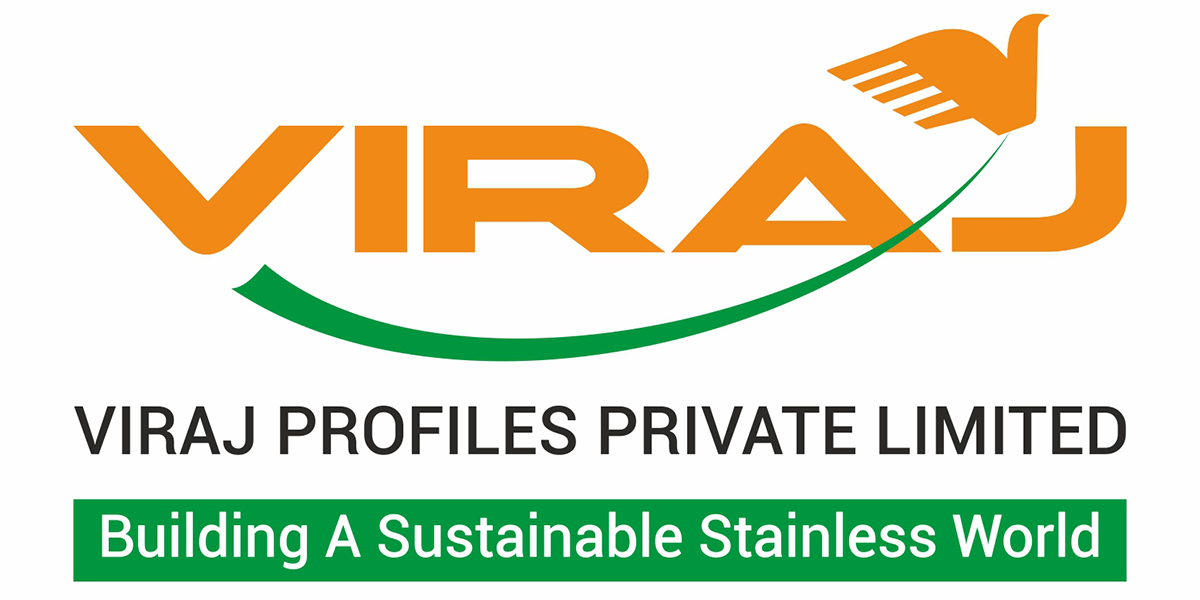At the ingress of Victoria’s Port Philip Bay stands the Queenscliff Ferry Terminal – a beacon of architectural prowess and stainless steel ingenuity. Opened in April 2023 after a decade-long collaboration between visionary architects and dedicated clients, this world-class structure epitomises the marriage of functionality and aesthetic allure.
Linking Queenscliff to Sorrento and beyond, the terminal serves as a gateway to the scenic wonders of Geelong, the Bellarine Peninsula, and the iconic Great Ocean Road. As the bustling hub for Searoad Ferries’ car and passenger services, it orchestrates over 8,200 crossings annually, welcoming more than 960,000 passengers.
Designed by F2


































